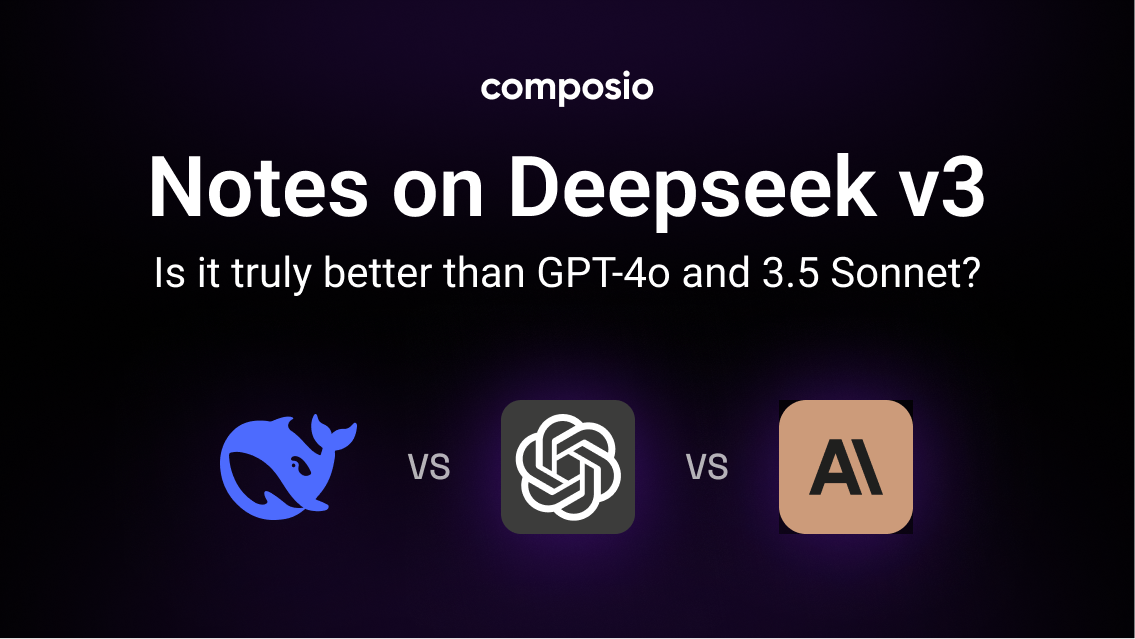
206 9
Overview
-
Sectors Telecom
-
Posted Jobs 0
-
Viewed 33
Company Description
New aI Reasoning Model Rivaling OpenAI Trained on less than $50 In Compute
It is ending up being increasingly clear that AI language designs are a commodity tool, as the unexpected rise of open source offerings like DeepSeek program they can be hacked together without billions of dollars in venture capital funding. A new entrant called S1 is as soon as again reinforcing this idea, as scientists at Stanford and the University of Washington trained the “reasoning” model utilizing less than $50 in cloud calculate credits.
S1 is a direct competitor to OpenAI’s o1, which is called a thinking design due to the fact that it produces responses to triggers by “believing” through associated questions that might help it examine its work. For circumstances, if the design is asked to figure out how much money it might cost to replace all Uber vehicles on the roadway with Waymo’s fleet, it might break down the concern into multiple steps-such as checking the number of Ubers are on the road today, and then just how much a Waymo automobile costs to make.

According to TechCrunch, S1 is based upon an off-the-shelf language model, dokuwiki.stream which was taught to reason by studying questions and responses from a Google model, Gemini 2.0 Flashing Thinking Experimental (yes, these names are awful). Google’s model shows the believing process behind each response it returns, allowing the developers of S1 to offer their model a fairly small quantity of training data-1,000 curated questions, together with the answers-and teach it to imitate Gemini’s believing process.

Another interesting detail is how the researchers were able to enhance the thinking performance of S1 using an ingeniously simple approach:

The researchers used a clever technique to get s1 to verify its work and extend its “believing” time: They informed it to wait. Adding the word “wait” during s1‘s reasoning helped the model come to somewhat more accurate answers, per the paper.

This recommends that, regardless of concerns that AI designs are hitting a wall in abilities, there remains a great deal of low-hanging fruit. Some notable improvements to a branch of computer science are coming down to summoning the best incantation words. It likewise reveals how unrefined chatbots and language models actually are; they do not believe like a human and need their hand held through whatever. They are possibility, next-word forecasting machines that can be trained to find something approximating a factual action given the ideal techniques.
.webp)
OpenAI has apparently cried fowl about the Chinese DeepSeek team training off its design outputs. The irony is not lost on many people. ChatGPT and other significant models were trained off data scraped from around the web without consent, setiathome.berkeley.edu a problem still being prosecuted in the courts as companies like the New York Times look for to protect their work from being utilized without settlement. Google also technically restricts rivals like S1 from training on Gemini’s outputs, however it is not most likely to receive much compassion from anyone.

Ultimately, vetlek.ru the efficiency of S1 is remarkable, but does not suggest that a person can train a smaller sized model from scratch with simply $50. The model essentially piggybacked off all the training of Gemini, getting a cheat sheet. A great analogy may be compression in imagery: A distilled variation of an AI design might be compared to a JPEG of a picture. Good, however still lossy. And big language models still experience a great deal of problems with precision, especially large-scale basic designs that browse the entire web to produce responses. It seems even leaders at companies like Google skim over text created by AI without fact-checking it. But a design like S1 could be useful in areas like on-device processing for Apple Intelligence (which, asteroidsathome.net ought to be kept in mind, is still not really good).

There has actually been a great deal of debate about what the increase of cheap, open source designs may mean for the innovation market writ big. Is OpenAI doomed if its models can easily be copied by anyone? Defenders of the company say that language models were always to be commodified. OpenAI, along with Google and others, will be successful building beneficial applications on top of the designs. More than 300 million individuals use ChatGPT weekly, and the item has ended up being synonymous with chatbots and pipewiki.org a brand-new form of search. The interface on top of the models, like OpenAI’s Operator that can browse the web for a user, or a distinct information set like xAI’s access to X (previously Twitter) data, is what will be the supreme differentiator.
Another thing to consider is that “inference” is anticipated to remain pricey. Inference is the real processing of each user question sent to a design. As AI designs become less expensive and more available, the thinking goes, AI will contaminate every facet of our lives, leading to much greater demand for calculating resources, not less. And OpenAI’s $500 billion server farm task will not be a waste. That is so long as all this hype around AI is not just a bubble.
